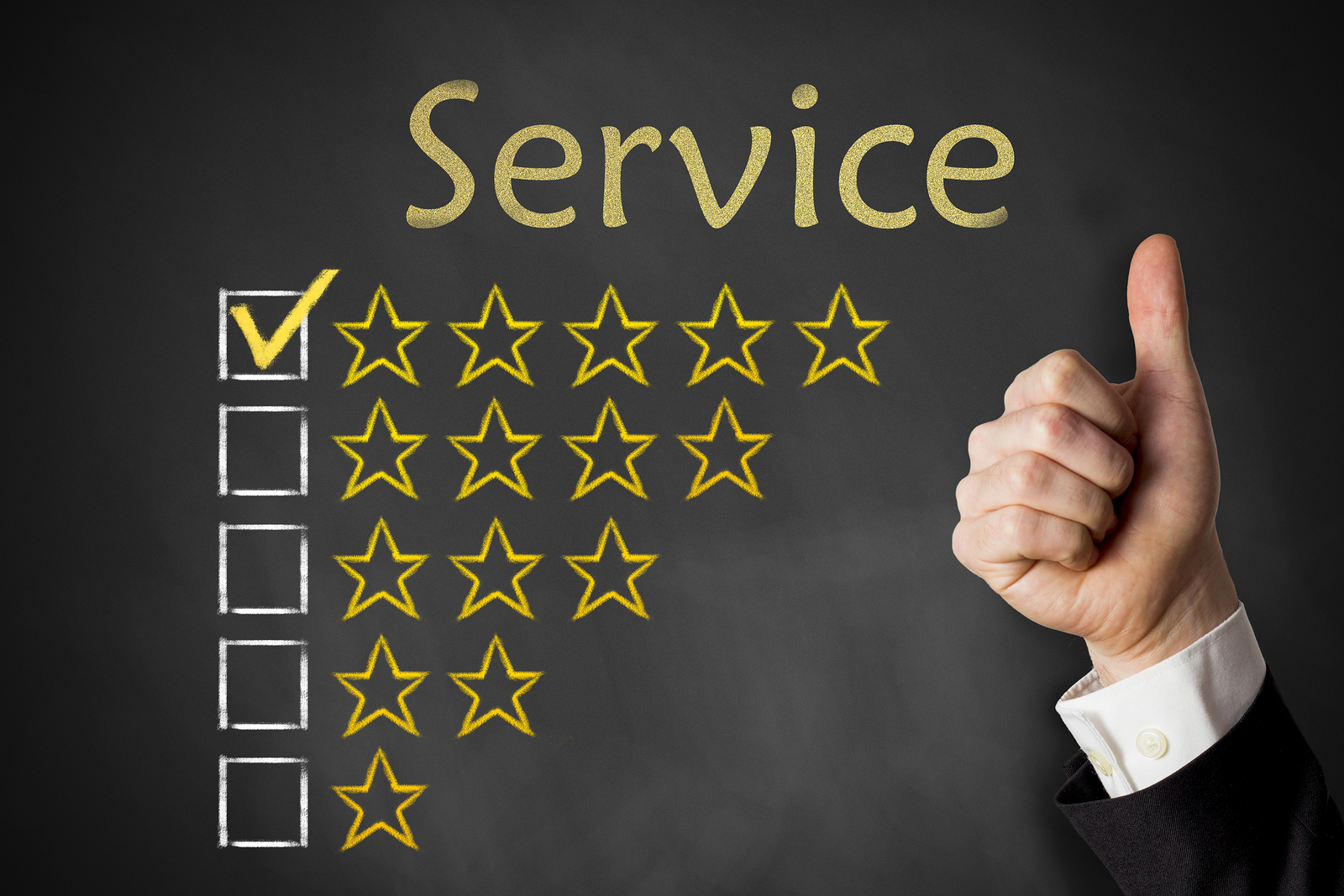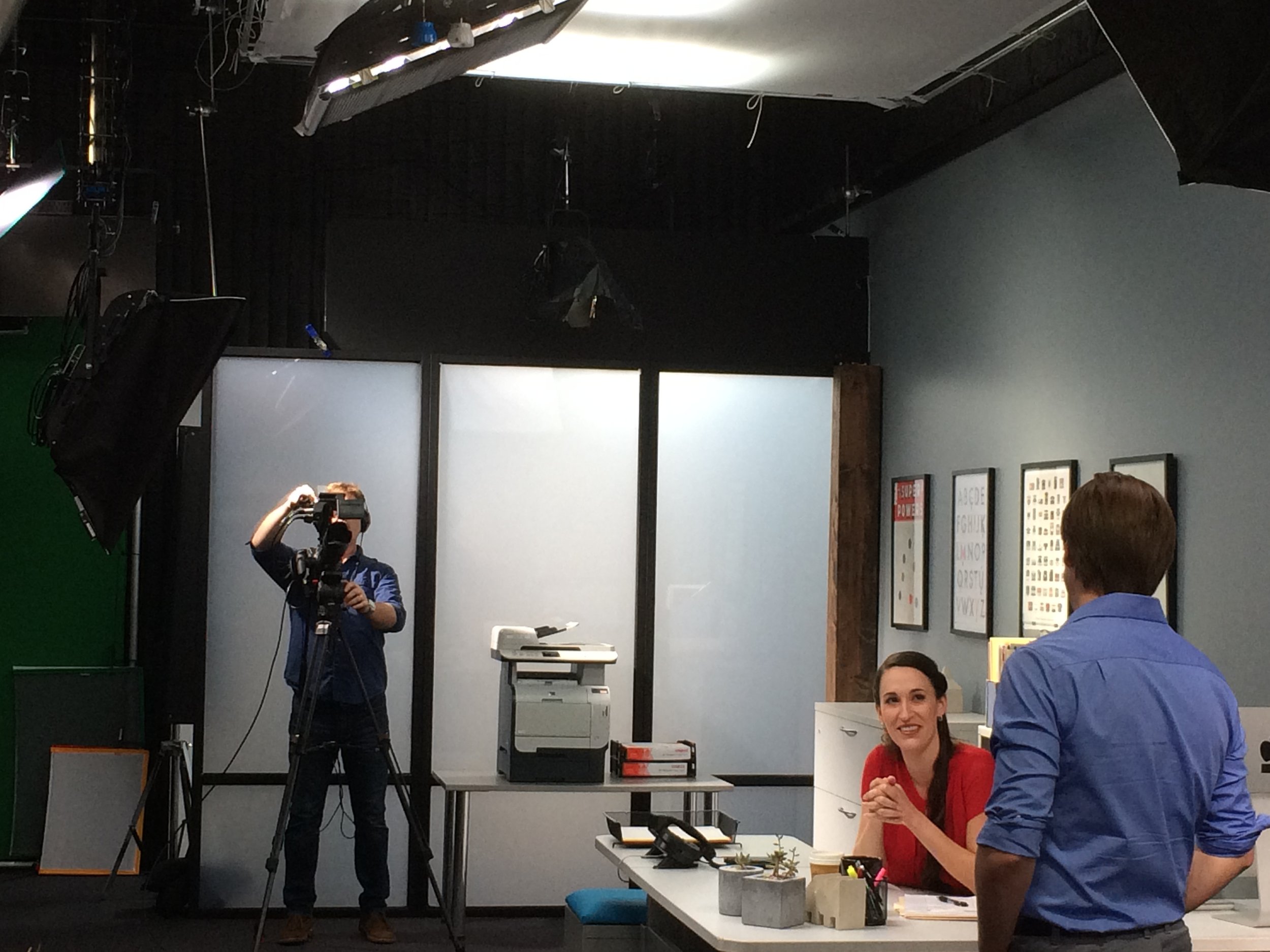Save time with the Service Training Pro guide. The free guide below is fairly comprehensive. You can save extra time with the premium version for just $5. It includes:
Video walk-throughs for each assignment
Detailed team meeting agendas
Templates to share updates with your team
This training plan is for customer service managers and trainers.
It helps you use the Customer Service Foundations course on LinkedIn Learning with your team. Make sure everyone has access to LinkedIn Learning before you begin.
Customer Service Foundations focuses on the three essential skills:
Rapport
Understanding (includes listening)
Solving (includes serving upset customers)
The course is ideal for people new to customer service. It also helps experienced customer service pros refresh their skills.
Here’s a short preview:
This training plan uses a micro-learning approach. Micro-learning divides the lessons into short segments. It makes training easier to schedule and improves retention.
Here's what this guide covers:
Get a premium version of this guide for just $5. The premium version includes:
Detailed team meeting agendas
Video walk-throughs for each assignment
Templates to share updates with your team
Resources Required
You'll need these resources to use this training plan.
Access to Customer Service Foundations for all participants.
The exercise files from the course.
Jeff's workshop planning tool (free download).
Contact LinkedIn Learning for pricing and subscription options if you don't already have access.
Estimated time needed: 1 hour per week
Group activities: 30 minutes per week
Individual learning: 30 minutes per week
Preparation
Get ready for the training by preparing yourself and your team.
Step 1: Create a training plan. Use the Workshop Planner to create an action plan.
Identify a goal for the training
Decide how to prepare your team
Create a plan to help the team use their new skills
Here's a how-to video:
Step 2: Announce the training. Tell your team about the training and what to expect. Address three questions for participants:
What is the training about?
Why is it important?
How are employees expected to use what they learn?
Keep your announcement simple. Consider sharing it in a team meeting. Follow-it up with a short email that contains the pre-assignments.
Step 3: Schedule team meetings. You'll be meeting with your team once per week for four weeks. Each meeting should take 30 minutes.
Step 4: Share pre-work. Share the pre-work with your team. I've included that in the next section.
Pre-Work
Ask participants to watch the videos listed below before the first meeting.
Some videos have an activity at the end (marked with an "A"). Those activities should also be completed. Many of the videos have downloadable exercise files that go with them.
Suggestion: It's a better experience to watch just one or two videos at a time. That also makes it easier for employees to fit the videos into their busy schedules.
Week 1: Kickoff
The initial meeting should review the pre-work. The focus is on the value of outstanding service.
Discussion questions:
What does outstanding service look like?
Who are our customers?
Why should we try to provide outstanding service?
How will you earn a thank you letter from a customer?
Assignments for next week: Ask your team to watch the following videos and complete the related activities.
Week 2: Building Rapport
This week's theme is building rapport with customers. Rapport is a process of getting customers to know, like, and trust you. Start by reviewing the week one assignments.
Discussion questions:
When can we build rapport with customers?
How can we build rapport with customers?
What questions can we use to break the ice?
How can we make it easier for customers to like us?
Have you earned feedback that matches your thank you letter?
Assignments for next week: Ask your team to watch the following videos and complete the related activities.
Week 3: Exceeding Expectations
The focus is understanding customer needs so you can consistently meet or exceed their expectations. Start by reviewing the week two assignments.
Discussion questions:
How can we actively listen to our customers?
How can we uncover our customers' emotional needs?
What can we do to manage customer expectations?
How can we go the extra mile?
What skills have you used to build rapport in the past week?
Have you earned feedback that matches your thank you letter?
Assignments for next week: Ask your team to watch the following videos and complete the related activities.
Week 4: Solving Problems
The final week is focused on service recovery. Start by reviewing the week three assignments.
Discussion questions:
What was a problem you solved for a customer? (How did you do it?)
How did you help an upset customer feel better?
What are ways you can help customers avoid getting upset?
How did you build rapport with a customer in the past week?
What did you do to understand your customers in the past week?
Have you earned feedback that matches your thank you letter?
Conclusion
Ask participants to watch the final course video and complete an action plan to implement new skills from the course.
Participants can earn a certificate for their LinkedIn profile by doing the following:
Watch all the videos
Complete the chapter quizzes
Pass the exam
Here’s a how-to guide if you need help accessing certificates.
Get the Premium Guide for $5
The premium trainer’s guide helps save you even more time when training your team:
Detailed team meeting agendas
Video walk-throughs for each assignment
Templates to share updates with your team















